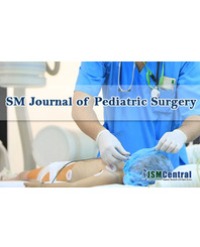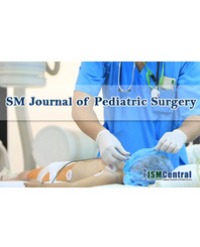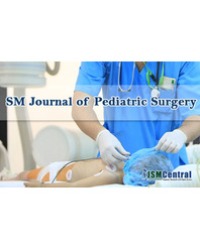
How Well Can the Parents, Dentists or Dental Surgery Assistants Assess Children
Aim: To investigate and compare parent, dentist and Dental Surgery Assistant (DSA)’s ability in assessing child’s dental anxiety and to identify the factors that can influence their assessments.
Design: All 3-5 years old children who first visited the Paediatric Dentistry Clinic of the Prince Philip Dental Hospital were recruited. The accompanying parents were given a questionnaire which consisted of 2 parts, including (i) parent’s and child’s demographic backgrounds and their own dental histories, and (ii) parent’s self-report Modified Dental Anxiety Scale (MDAS) and parental proxy of the Modified Child Dental Anxiety Scale (MCDAS)
Oral examination was carried out in a clinic setting and the subjects were given the Facial Image Scale (FIS) which comprises of five faces from very happy to very unhappy. The child was asked to select the one that represents him self or her self at that moment before the dental examination. The score was given by the value 1 to the happiest and 5 to the unhappiest. The parent, dentist and DSA were also asked to select the value that they thought which represented the child best at that moment.
Results: The mean FIS score reported by children was 2.16. The mean FIS score reported by the parents, dentist and DSA were 2.61, 2.69 and 2.59, respectively. The agreement of parents, dentist and DSA with the children regarding the FIS score was analysed using the Linear Weighted Kappa and the figure was 0.225, 0.311 and 0.328. Parent’s agreement with the children regarding the FIS scores appears to be affected by whom the child’s main caregiver is. Both DSA and dentist’s agreement with the children regarding the FIS scores appears to be affected by the child’s age.
Conclusion: The study showed that the agreement of the parents, dentist and DSA with the children regarding the FIS is weak. Assessment by observation is operator-biased and may be inaccurate. They tended to overrate the anxiety level. DSA and dentists showed better agreement compared to the parents. Children’s self-reported level of dental anxiety should be first considered even in young children whenever it is possible.
Mildred Lok Wun Wong, Sarah Hiu Fong Lai, Hai Ming Wong*, Yu Xin Yang, and Cynthia Kar Yung Yiu




